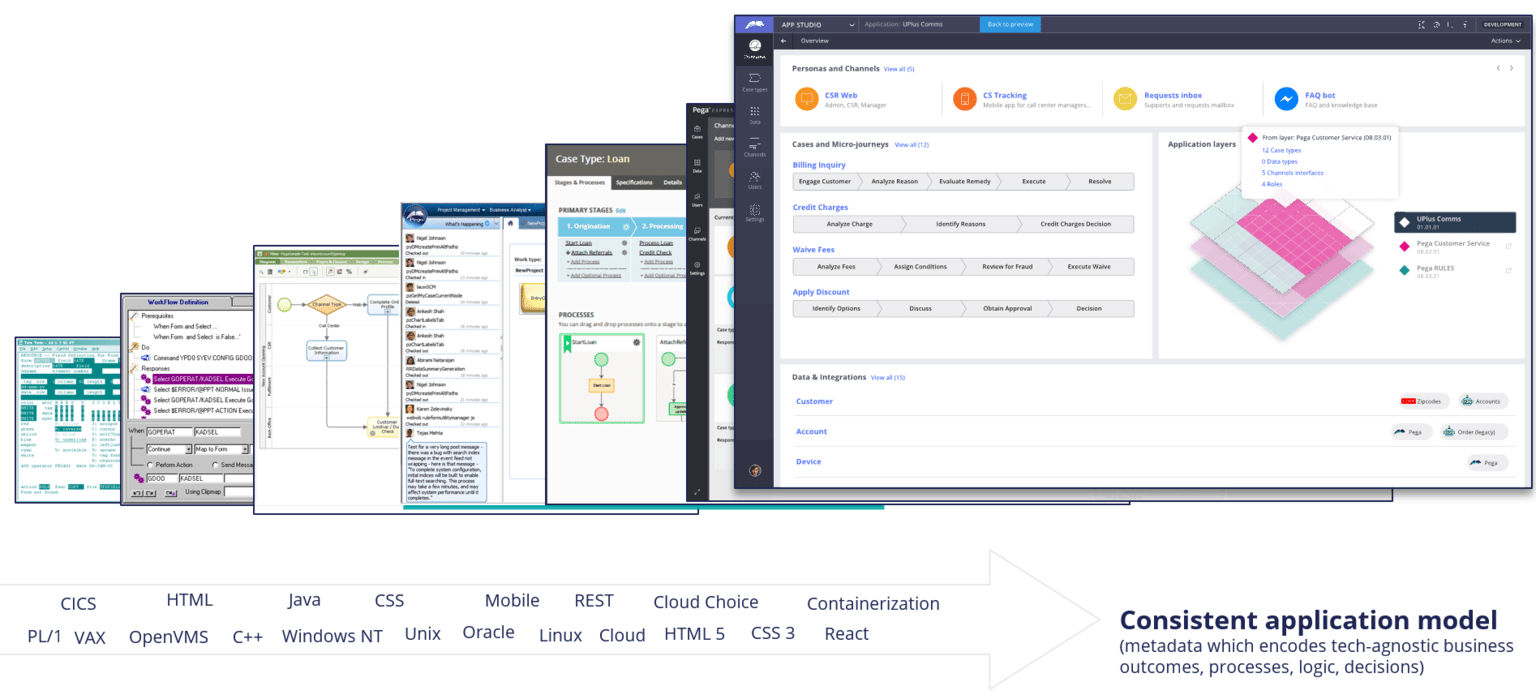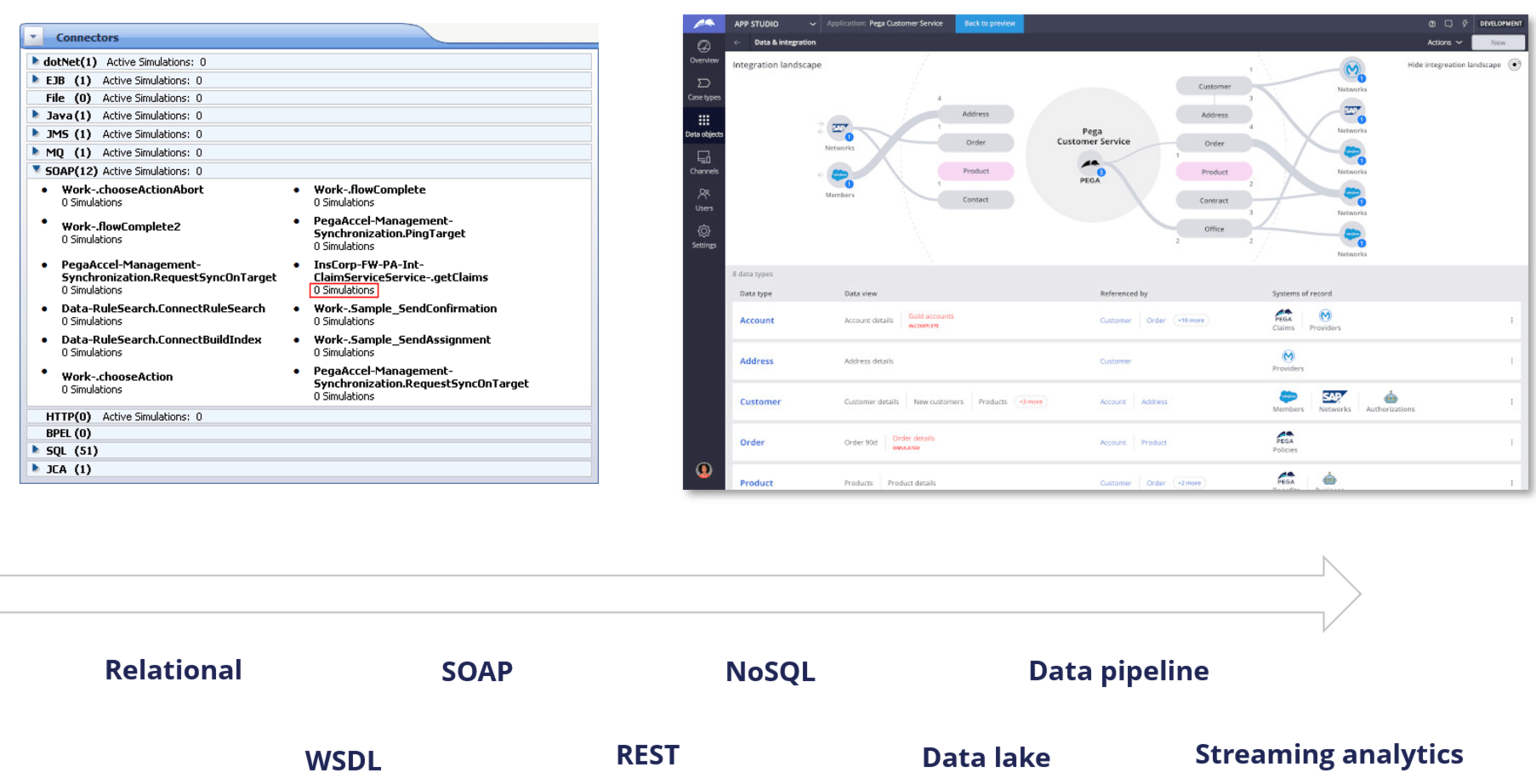About 15 years ago I saved up for my first cell phone. After weeks and weeks of bagging groceries I was finally able to purchase the one I wanted ... the one with all of the bells and whistles at the time: a full keyboard, texting (that cost 10 cents per), a janky monochromatic internet browser (that I didn't have data for), and a mindless brick breaker game.
It probably wasn't even a year until phones with full color displays, cameras, and instant messaging came around. Although still relatively new, my phone felt like a fossil. So, I saved up again and upgraded to a new phone ... and wouldn't you know it, about a year or two later smart phones had become mainstream and, once again, my device was way behind the times.
Keeping up with a rapidly evolving technology landscape is expensive. On the flip side, there's often a cost associated with falling behind. In business, legacy technology can slow down your organization, impact customer experiences, and leave you open to security risks.
So how do you keep up with changes in user expectations and architectures while keeping costs low?
The answer is a low-code application platform. Low-code platforms eliminate tech debt by taking care of adopting cutting edge technology and approaches for you, allowing you to focus on customer outcomes.
Model-driven transformation
In Pega, for instance, what makes this possible is called the “application model.” The model is created and maintained behind the scenes when you develop with no code.

Model-driven development transformation
The model encapsulates the business outcomes, processes, and decisions defined in the application and encodes that logic in a format separated from the technology in which it runs. This allows us to evolve the tools and architecture around the model without disruption.
Let's take a look at just three of the many ways the model has allowed applications built on Pega to take advantage of evolving technology over the past 10 years seamlessly.
User experiences
User experiences have become omnichannel, more responsive, and self-service first.

User interface (UI) transformation
Customers and employees expect applications that are intuitive, responsive, and available across all of their devices. This is true today, but it was also true 10 years ago, and it will be true 10 years from now. What changes is how these expectations are delivered on.
Over the past decade, the channels through which users experience applications have changed immensely. They've increased in number and have taken new forms. To think – in 2010 – the iPhone was only 3 years old. A number of seemingly ubiquitous voice and instant messaging frameworks did not exist or had not been widely adopted (Alexa, Facebook Messenger, etc.). Natural language processing, chat bots, and virtual assistants were still extremely early in their adoption lifecycle. And now-common, front-end frameworks that power single-page web app architectures like React and Angular had not been rolled out.
With a low-code platform, you can take the same business application developed in 2010 – originally meant to run on the desktop, only in IE7 – and instantly deploy it to modern web, mobile, and chat channels.
Check out how Pega is making it simple to deliver an amazing UX on a modern architecture.
Deployment
Deployment has become more automated, more distributed, and has moved to the cloud.

Deployment transformation
The pursuit of next-level agility, scale, and security has brought along amazing new deployment technology and best-practices in the past decade.
Deployments have gone from:
- On-prem to single-cloud to multi-cloud.
- Manual to human-monitored scripts to fully automated DevOps.
- Bare-metal to virtual machines to containers.
Along with these evolutions came a jungle of new logos and accompanying buzzwords that IT developers are expected to wrestle with.
The cloud technology market has grown exponentially and will continue to expand. With this comes a huge benefit of Software-as-a-Service (SaaS). Today, you have to learn and implement containerization, orchestrators, and a surrounding ecosystem of related solutions – and tomorrow it'll be a whole new slew of tools. Utilizing a SaaS solution like a low-code platform service allows you to abstract these complexities away – reaping only the benefits from these technologies and practices.
At Pega, we keep up to date with the latest and greatest cloud technologies so you don't have to. Pega's cloud services let you deploy apps quickly and run them securely – leaving the operations to us.
Data & integration
Data and integration have become more secure, more open, and increasingly event-driven.

Integrations and transformations
The major data and integration evolutions in the past 10 years have been all about:
- Going bigger:
- To deliver deep insights and to power AI models, applications need to process more data than ever. To move this data around - an application today needs to leverage data streaming technologies like Kafka, NoSQL databases, data lakes and more.
- Moving faster:
- 10 years ago, running an overnight script to move and sync data between systems might have been OK – today that amount of time is an eternity.
- Today's apps need real-time data access to deliver great UX, timely insights, and proactive service.
- This means leveraging streams of data & events and open API endpoints.
Using a low-code approach allows you to maintain consistent logic and data models in your applications – evolving only the sources that feed into your processes.
With Pega, you can take a model developed 10+ years ago, and quickly evolve it to subscribe and publish to a Kafka event stream – in just minutes. And with Pega Process Fabric, you can now quickly integrate between applications to improve efficiency and the customer outcomes.
Keeping pace with change
Technology has evolved a lot over the past decade – and I'd expect exponentially more evolution to come in the next decade. We can't say for sure what “state-of-the-art” tools, technologies, and practices will look like 10 years from now, but I am confident that my existing Pega applications will be using them.
Register for PegaWorld iNspire 2021 to hear about the new ways you can use Pega to simplify application development and get ahead of the future.
Best-in-class app dev platform.
Learn more
Build fast now. Be ready for whatever comes next.

